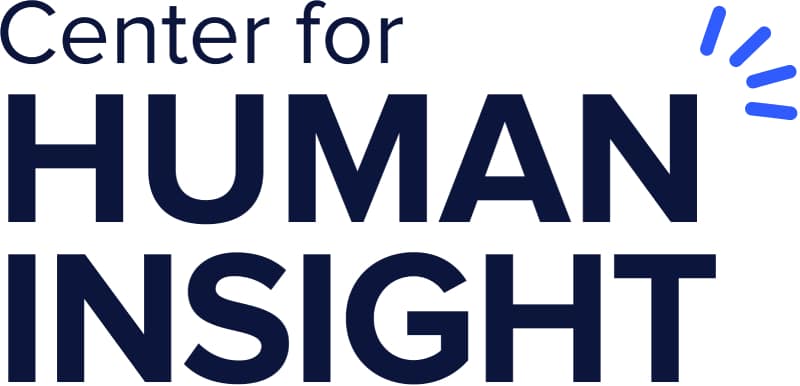The benefits of experience research for the product development process are clear: less time and money wasted on rework, more satisfied customers, and faster high-confidence decision-making. But how do you get from here to there? How do your workflows need to change? What problems are you likely to encounter along the way, and how do you solve them? What is the best way to scale research to non-researchers?
For years, UserTesting and UserZoom have been exploring those questions by building experience research into our own product development process. We’ve tried many different approaches, and gradually developed a set of best practices which we’ll share here. Every company is different, and so no single approach is perfect for every situation. But we hope you’ll get some ideas that you can adapt for your own company.
The guiding principles of UserTesting’s experience research program:
- Researchers are embedded in product development teams. Junior researchers are assigned to squads to conduct and supervise tactical research, while senior researchers are paired with product management directors to manage the research queue and run strategic studies.
- Researchers participate in all stages of product development, starting from very early ideation, and play an active role in framing the customer problem or opportunity. In addition to improving the product team’s thinking, this approach ensures that the researchers understand business context, so they can focus their insights on the most important priorities. It also prevents development of a service group mentality in which the research team waits to be brought in for a project.
- The research queue is jointly managed by senior managers in product management and research. They agree on which studies are most urgent, and which ones can be deferred.
- Designers are generally expected to do their own evaluative research (for example, validating a prototype).
- The typical researcher spends a significant part of their time supervising and supporting research by non-researchers. This support and oversight role consumes most of research’s time at the start of the scaling process, but the percentage declines over time.
- Research is in control of scaling. Designers and product managers are empowered to do their own testing, but research decides on a case by case basis which projects can be done by which individuals. Designers and PMs who have less research experience are supervised more closely.
To explain this approach more fully, we conducted two in-depth conversations with key players in UT’s experience research process. The first gives a top-down view of the process, how it evolved, and what the company learned along the way. The interview features Jason Giles (UT’s VP of product design) and Duncan Shingleton (who directs product research and design strategy). Discover UT’s product research strategy here.
The second interview gives a practitioner-level view of how research and product management work together to guide product strategy, and ensure that product squads use research in the right way. Kevin Legere (senior director of product management) and Poppy Smithers (product research manager) tell you about the PM-research relationship here.
The opinions expressed in this publication are those of the authors. They do not necessarily reflect the opinions or views of UserTesting or its affiliates.









